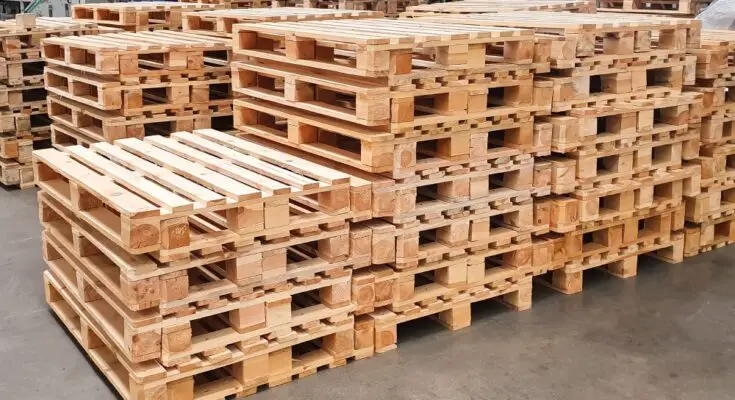Pallets, those unassuming platforms, play an essential role in making trade possible locally and globally. They shoulder the weight of goods, making transport and storage more manageable and efficient.
But did you know there are differences between national and international pallets? Below, we go into greater detail about these differences, helping logistics professionals and supply chain analysts achieve hiccup-free operations.
Size Does Matter in Pallets
National pallets often cater to specific, regionally accepted measurements. These dimensions can vary, but they must align with the needs and preferences of domestic operations. For instance, the standard US pallet size might not fit seamlessly onto a European transport vehicle because it adheres to a different regional standard set.
International pallets, however, maintain a level of uniformity across borders, thanks to standards like the EUR or ISO pallet sizes. Such measurements enable these pallets to fit better into global supply chains.
Materials and Standards Making a Difference
When considering the materials of national pallets, expectations usually center on wood. Wood remains prevalent due to availability and familiarity in domestic production.
Across borders, international pallets use various materials, including durable plastics and metals, to withstand the challenges of global shipping. Further adherence to international quality and safety standards ensures goods remain secure during shipment, a factor vitally important for logistics management.
Handling Weight Capacity and Sturdiness
National pallets can suffice for the everyday demands of local shipment, but international ones often take the cake for sturdiness. These international pallets usually boast reinforced designs that handle heavier loads which makes them ideal for long-haul transport. Logistics professionals must consider these factors due to variations in weight capacity, ensuring smooth cross-border transitions in storage and handling.
Logistical Implications for Supply Chains
The choice between national and international pallets can dramatically influence logistics efficiency. National pallets fit seamlessly into domestic transportation infrastructure but can create hiccups when used across borders.
International pallets bridge this gap and often align better with global logistics processes and ensure more predictable, streamlined handling and storage worldwide. Awareness of these dynamics proves priceless in supply chain management.
Pallets and the Environment
Sustainability remains a growing concern, especially in industries that rely on wood-based products. The environmental friendliness of pallets comes under scrutiny, with both national and international varieties facing challenges. Businesses must consider recycling and reusing pallets by balancing efficiency with eco-consciousness as they implement sustainable practices.
Practical Tips for Safe Pallets
Understanding how to ensure your recycled pallet’s safety becomes crucial in maintaining operational standards. Quality checks can highlight any damage or wear, essential steps in choosing from recycled options. Logistics managers must prioritize these checks and make sure their pallets remain up to the task of their assignments.
Selecting the proper pallet, informed by understanding national and international differences, can significantly influence logistics success. It’s vital to balance operational needs with sustainability and safety. Logistics professionals and supply chain analysts stand to benefit by considering these factors, thus enhancing productivity and minimizing disruptions on a global scale.



